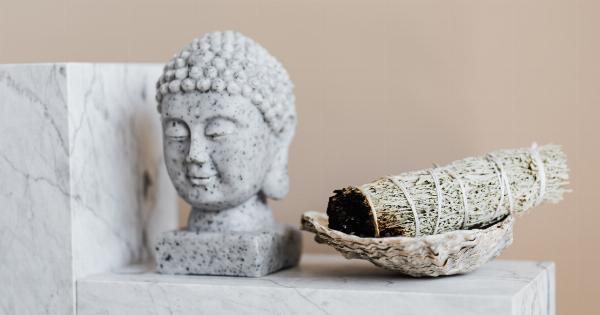Facial dimensions play a crucial role in our perception of beauty and attractiveness. Throughout history, humans have been fascinated by the concept of ideal proportions and symmetry in the face.
From ancient Greek philosophers to modern-day artists, the quest for understanding the aesthetics of facial features has been ever-present. In this article, we will delve into the exploration of facial dimensions and uncover the ideal proportions that contribute to a harmonious and balanced face.
The Golden Ratio
One of the most well-known concepts in facial aesthetics is the golden ratio, also known as phi (Φ). This mathematical ratio is approximately 1.618 and is believed to be aesthetically pleasing to the human eye.
It can be found in various aspects of nature and has been applied to facial proportions as well.
Facial Symmetry
Symmetry plays a crucial role in the perception of facial beauty. Studies have shown that individuals with more symmetrical faces are generally considered more attractive.
Facial asymmetry can be caused by various factors such as genetics, developmental abnormalities, or injury. While minor asymmetry is common and adds to the uniqueness of an individual, severe asymmetry may affect one’s perception of attractiveness.
Proportions of the Face
When examining facial dimensions, several key proportions are often considered. These include:.
1. The Eyes
The ideal distance between the eyes is typically one eye width. Additionally, the width of each eye should be close to the distance between them.
2. The Nose
The nose is a prominent feature that greatly affects facial harmony. The ideal nose proportions may vary across different cultures and ethnicities. However, a nose that is proportionate to the face typically follows specific guidelines:.
– The length of the nose should be approximately equal to the distance between the eyes.
– The width of the nose at its widest point should be less than the distance between the eyes.
3. The Lips
Lips that are well-proportioned can enhance facial beauty. Some commonly regarded ideal proportions for the lips include:.
– The upper lip should be around 1.6 times thinner than the lower lip.
– The corners of the mouth should align with the pupils of the eyes when viewed from the front.
4. The Chin
A well-defined chin can contribute to facial balance. Ideally, the chin should align vertically with a perpendicular line dropped from the lower lip. A weak chin or one that protrudes excessively can disrupt the harmony of the face.
5. The Forehead
A symmetrical and well-proportioned forehead is often considered aesthetically pleasing. The ideal forehead to face height is typically one-third of the total face height, thereby creating a balanced facial appearance.
Factors Influencing Facial Proportions
While there are general guidelines for ideal proportions, it is essential to note that facial aesthetics are highly subjective and can vary across different cultures and personal preferences.
Additionally, various factors can influence facial proportions, including:.
1. Genetics
Genetic factors play a significant role in determining facial features and proportions. Each individual inherits a unique combination of genes from their parents, which ultimately shapes their facial appearance.
2. Age
As individuals age, their facial proportions can change due to the natural aging process. Skin laxity, bone resorption, and changes in subcutaneous fat distribution can all contribute to altering the overall facial dimensions.
3. Environmental Factors
Environmental factors, such as nutrition and overall health, can influence facial growth and development. Additionally, external factors like injuries or surgeries can also impact facial proportions.
Conclusion
Facial dimensions and ideal proportions have long been a subject of fascination and study.
While the concept of beauty is subjective and personal, understanding the general guidelines and proportions can help individuals appreciate the unique harmony of their own faces. It is crucial to remember that true beauty is not solely determined by facial dimensions, but rather by one’s confidence, personality, and inner beauty.





























